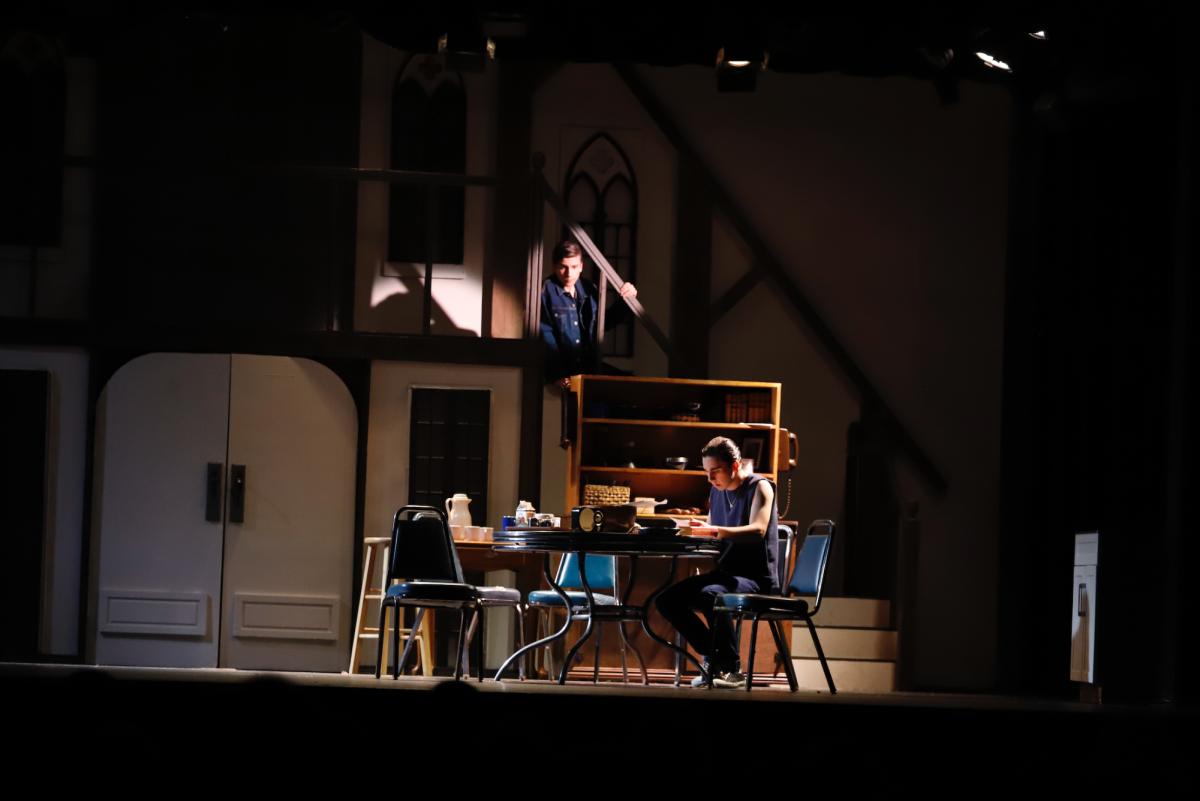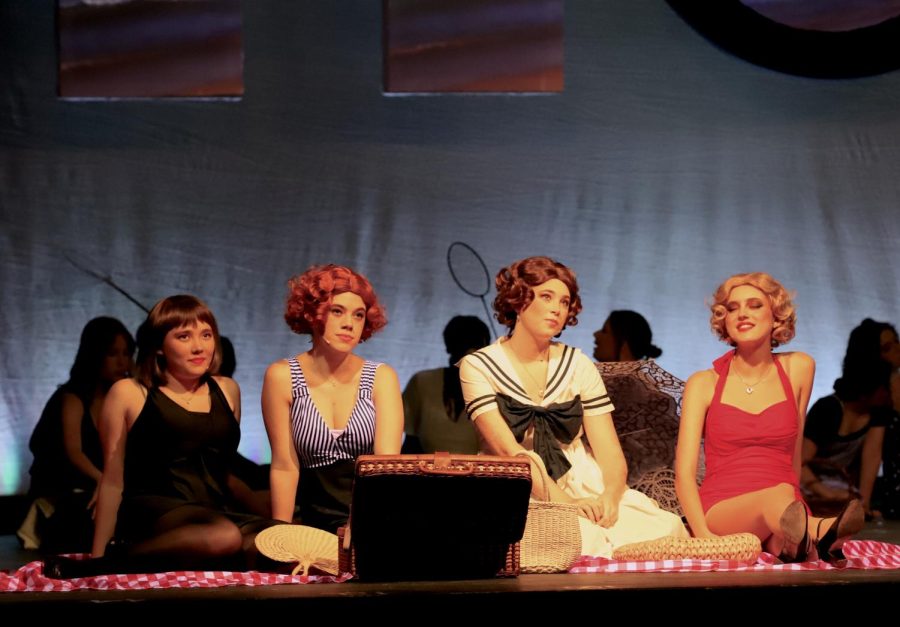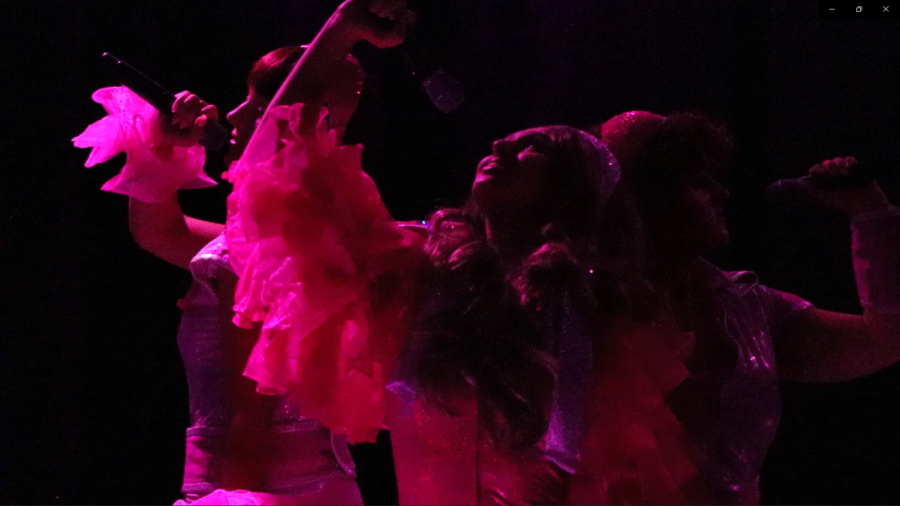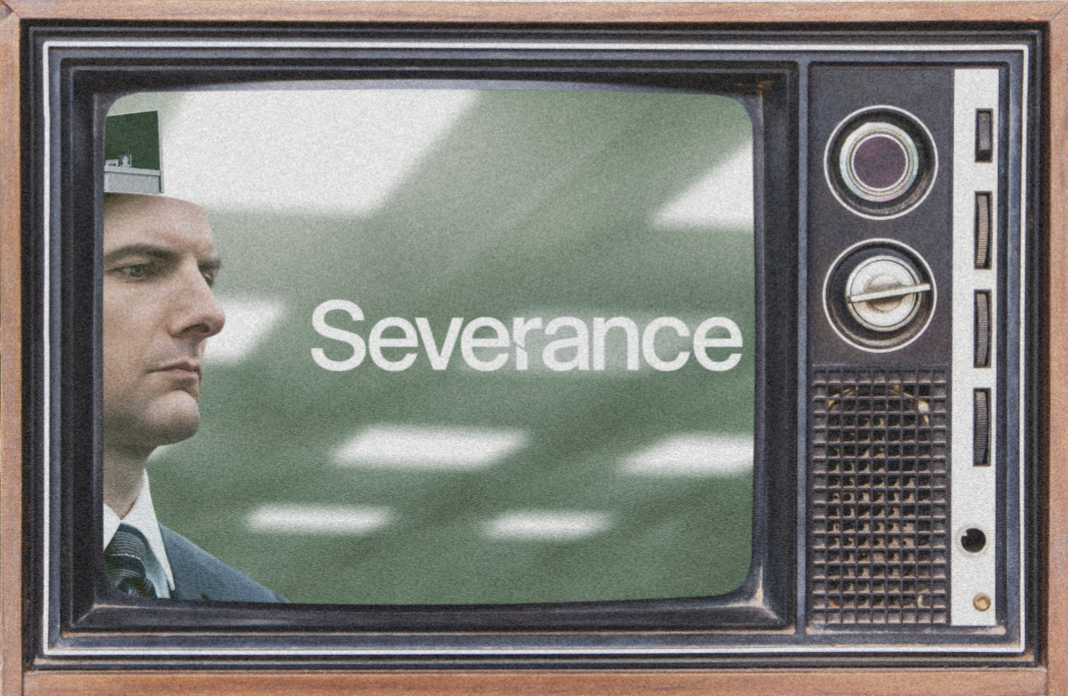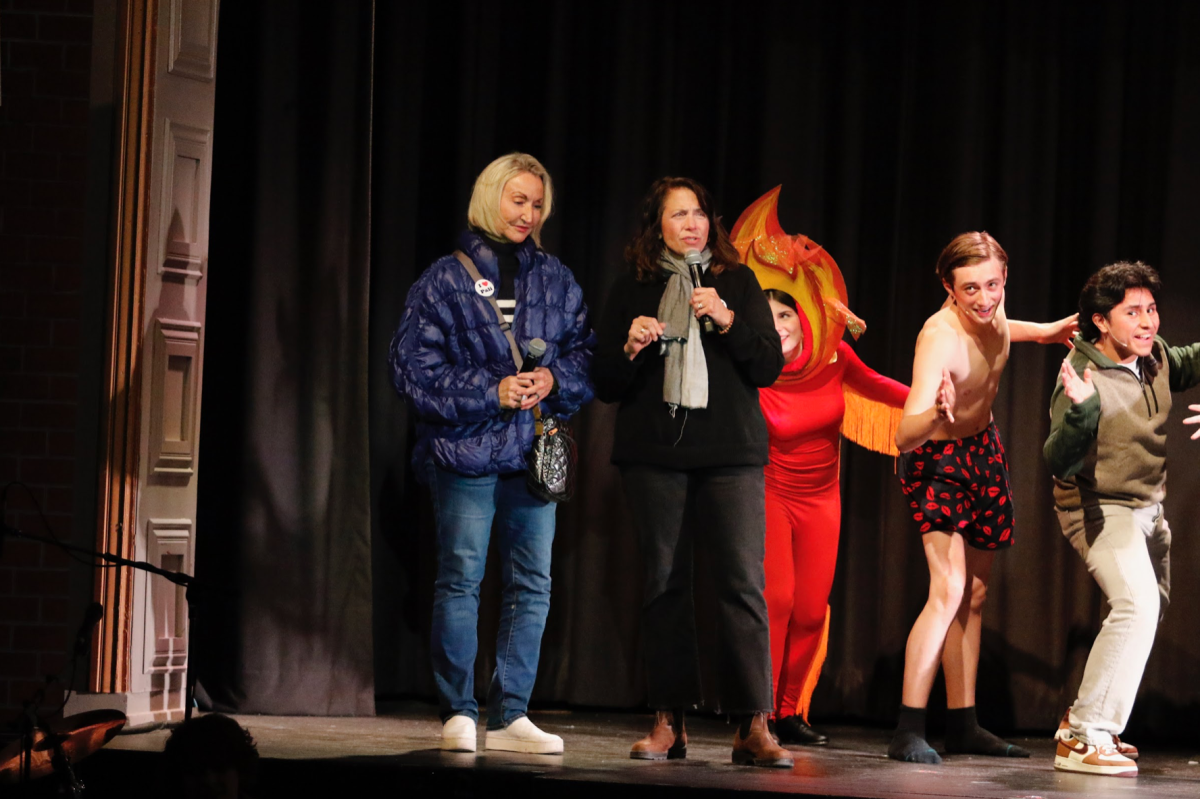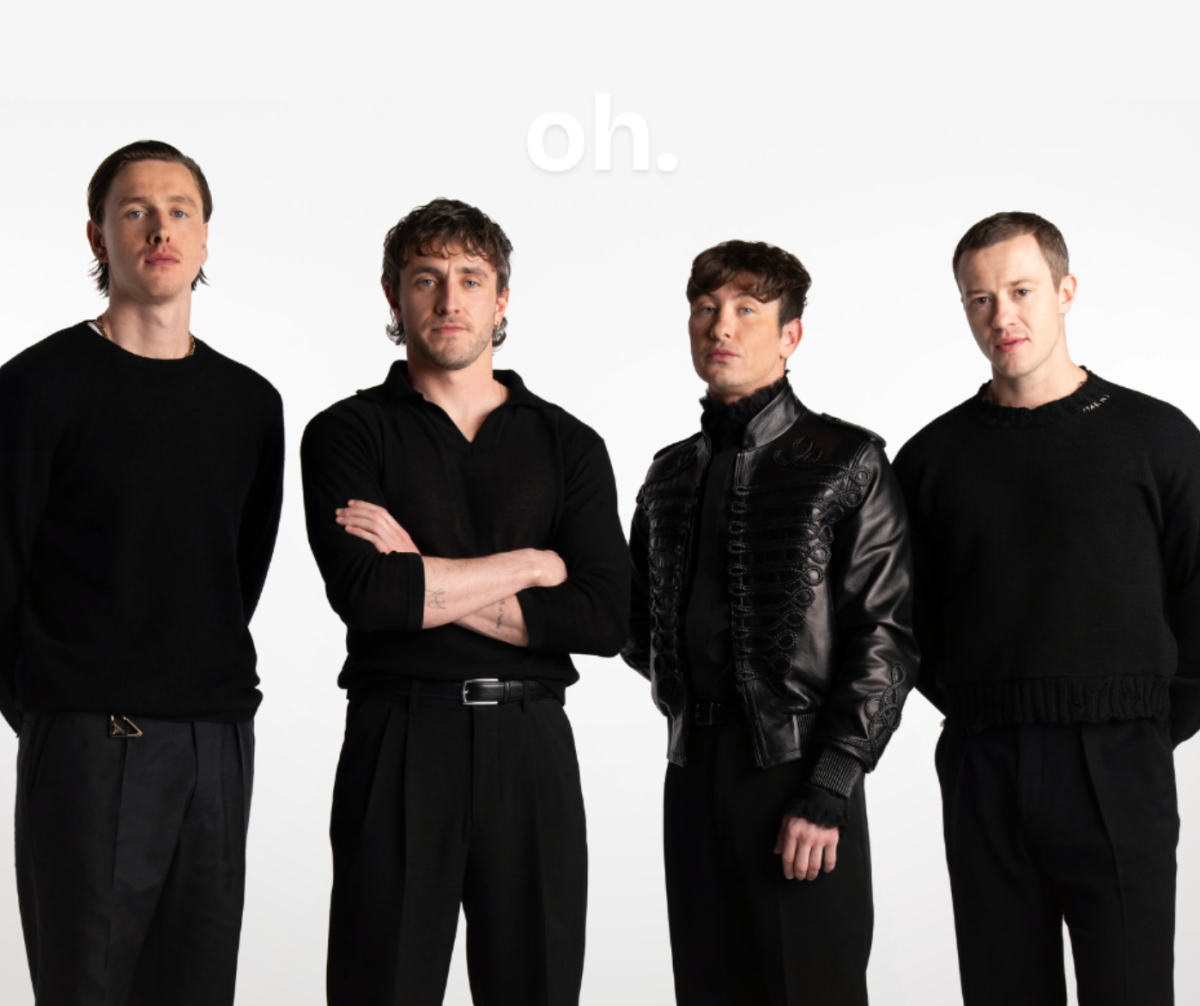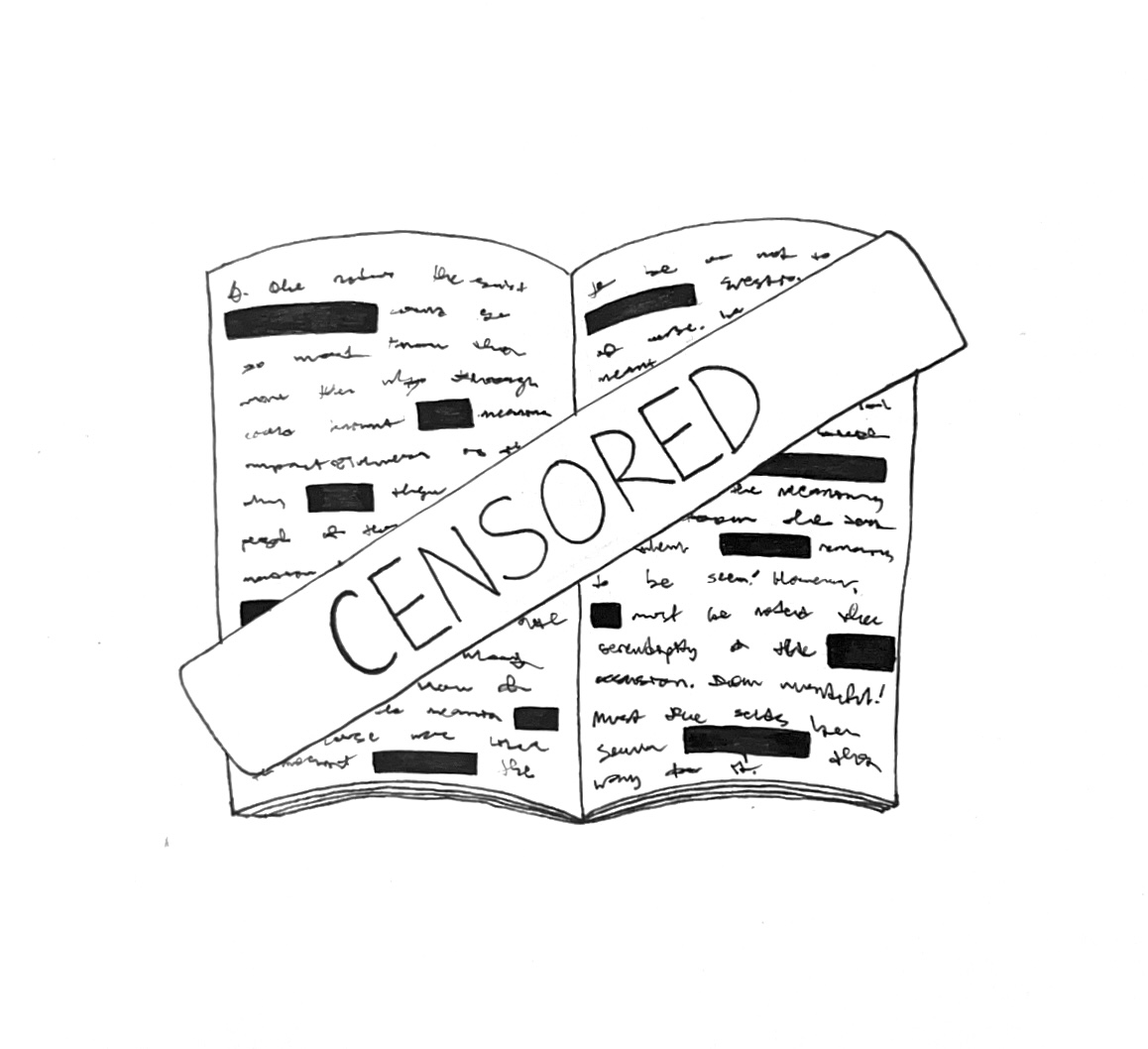Pali’s fall play, “The Outsiders,” closed its production with a sixth and final show on Saturday, Nov. 16. The play, written by Christopher Sergel, was adapted from the novel, “The Outsiders” by S.E Hinton.
The adaptation captures a classic that many middle schoolers across the nation are required to read. With numerous interpretations since its publishing, the relevance of the story’s message weathers the test of time: Pali’s rendition is no different. The play addresses several themes, including individual identity, socioeconomic divisions and the general challenge of navigating adolescence.
“The Outsiders” is set in Tulsa, Oklahoma, where there is a fierce rivalry between two groups stuck in a cycle of violence. The “Greasers,” the underprivileged youth marked by their rough appearance and signature slicked-back hair, are constantly at odds with the “Socs,” the wealthy elite of the town. The story follows 14-year-old Ponyboy Curtis (Sam Jacobson), a Greaser navigating life as an outcast. When Ponyboy’s friend and fellow Greaser, Johnny (Jaz Bennassar), kills Bob (Ivan Munn), a Soc, in order to defend Ponyboy, the two run away from the police and embark on a journey that forces them to come to terms with growing up and finding their individual identities.
The masterminds behind the fall play, sisters Cheri and Monique Smith, have been involved in Pali’s Visual and Performing Arts program for over 18 years, not including their time as students at Pali.
“I really want to inspire new generations of artists to challenge themselves and continue to bring art into the world,” Cheri Smith said. “There is nothing more magical than live theater, especially when it’s with performers as young and talented as Pali students.”
She explained that she chose “The Outsiders” as the fall play partly for its nostalgia, and partly for its lasting life lessons.
“After watching Broadway’s musical version of ‘The Outsiders’ this summer, it instantly brought back fond memories of reading the book in middle school, as many of us have had to do,” Cheri Smith said. “Its contemporary messages, particularly the notion of chosen family, have stuck with me.”
Cheri Smith’s vision for the show is clearly evident through her careful selection of actors. Bennassar delivered a memorable rendition of Johnny, a victim of ongoing domestic violence and a Greaser shaken by a previous near-death experience with the Socs. His acting is unparalleled in this production: Bennassar skillfully captures post-traumatic stress disorder and the debilitating impacts of abuse.
Other standout performances include Blake Harrison’s portrayal of Two-Bit, a small but mighty character. He embodies toughness and witty humor while commanding a strong stage presence. Characters Cherry (Tema Ferrene) and Dallas (Jude Waxman-Lee) share a playful but sometimes tense dynamic. Both perform as spunky, fierce characters who never accept “no” for an answer.
But the real star of the show is Sam Jacobson, who portrays Ponyboy’s sensitive, introspective character with commendable execution. Unlike his Greaser peers, Ponyboy remains less hardened by the tough lives they’ve had, preserving a sense of innocence. He holds a more thoughtful outlook on the world around him, but struggles to navigate the pervasive culture of violence and his complicated family dynamic. Jacobson not only masters the southern twang of Oklahoma in a perfectly subtle performance, but also artfully encapsulates the complex character of Ponyboy. His acting talents were put to the test as Ponyboy narrates the play through detailed monologues. Jacobson truly did justice to one of the most iconic teenage protagonists in fiction.
He explained that becoming Ponyboy was a difficult process.
“This role was such a dynamic character…very unlike my prior roles, and I had to be able to portray a character several years younger than myself,” Jacobson said. “I had the unique opportunity to speak to the original actor of Ponyboy [Thomas Howell], from the movie, and he gave me great advice…explaining how every role should have some sense of personal authenticity in it. He stressed not to worry about acting younger, as that would translate naturally on stage, but rather to always trust myself.”
The 36-person cast of “The Outsiders” filled Mercer Hall with energy, embodying the nostalgia of the novel. The Smith sisters creatively used dance as a transition between scenes. Talented female dancers entertained the audience with playful interactions and movements. The Smiths ultimately produced a unique retelling of a classic story, immersing the audience into the 1960s.
“Because it is such a well known and loved story, I think we held ourselves to a higher standard in executing this show,” Cheri Smith said. “We pride ourselves in making something out of nothing and the students were really the backbone of this production, so dedicated to creating a true experience for each and every person in the audience.”
Indeed, the show created many surprises for its audience. Special effects were carefully embedded throughout to create the illusion of fire and rain with the use of lights, sound, water and even a smoke machine. In the “Rumble” scene, a highly anticipated fight between the Greasers and the Socs, the ensemble even took on stage-fighting in a sequence choreographed by well-regarded stunt coordinator Walter Scott. The play, with all of its bells and whistles, was excellently overseen by its production stage manager, junior Lilly Browning.
Despite the reputation of theater productions being historically female-oriented, this play gave the boys a chance to shine. Cheri Smith explained that even though there was difficulty recruiting male performers to audition, they ultimately succeeded in curating their male ensemble.
“Our biggest concern was finding enough guys to cast, but through persistent outreach and promotion, we ended with a full roster we are so proud to see up on the stage,” she said. “Just like the Greasers had each other, Pali’s performing arts program has become a family within and of itself.”
Jacobsen echoed her sentiment, saying: “We as a cast truly bonded. I have fallen in love with theater but even more so with my theater family.”
At the crux of the play, the actors performed with utmost vulnerability. Ferrene delivers a testimony, exposing how even the Socs long for acceptance and feel inadequacy, facing parental neglect and addiction. These not only add to the show’s relatability, but evoke sympathy and understanding to each of the characters, even the antagonists. It was a confirmation to how no one in the show was suffering alone, and rather, they were alike in their struggle. The characters deliver expressive performances, tugging at the heartstrings of the audience.
For those that were lucky enough to see Pali’s production of “The Outsiders,” the show captured and even went beyond the essence of the original story. It gave realistic insight into the dynamics of high school, divided communities and abuse. The play revealed the adversity people at all social classes face, even the Socs, and the decisions they make in order to cope.
One memorable line from the show says it best: “They weren’t looking for a fight; they were looking to belong.”
Pali’s actors left their audience with lasting impressions and wove a story that felt real — a story people could tie to their own experiences. This play communicated an account of individuals who perceived themselves as always on the outside looking in, alone in their struggle. Yet the show affirmed that we are all “The Outsiders.”



